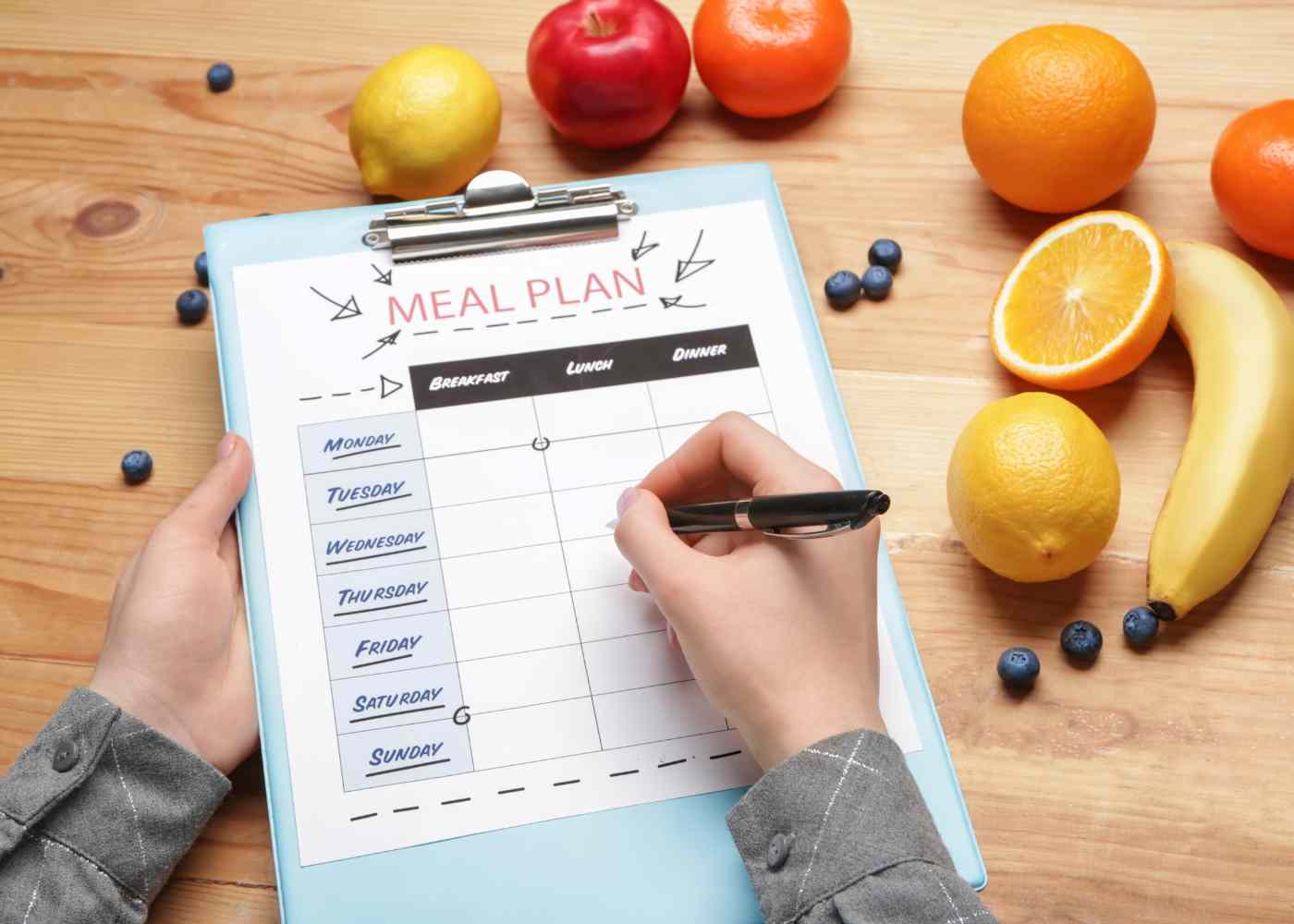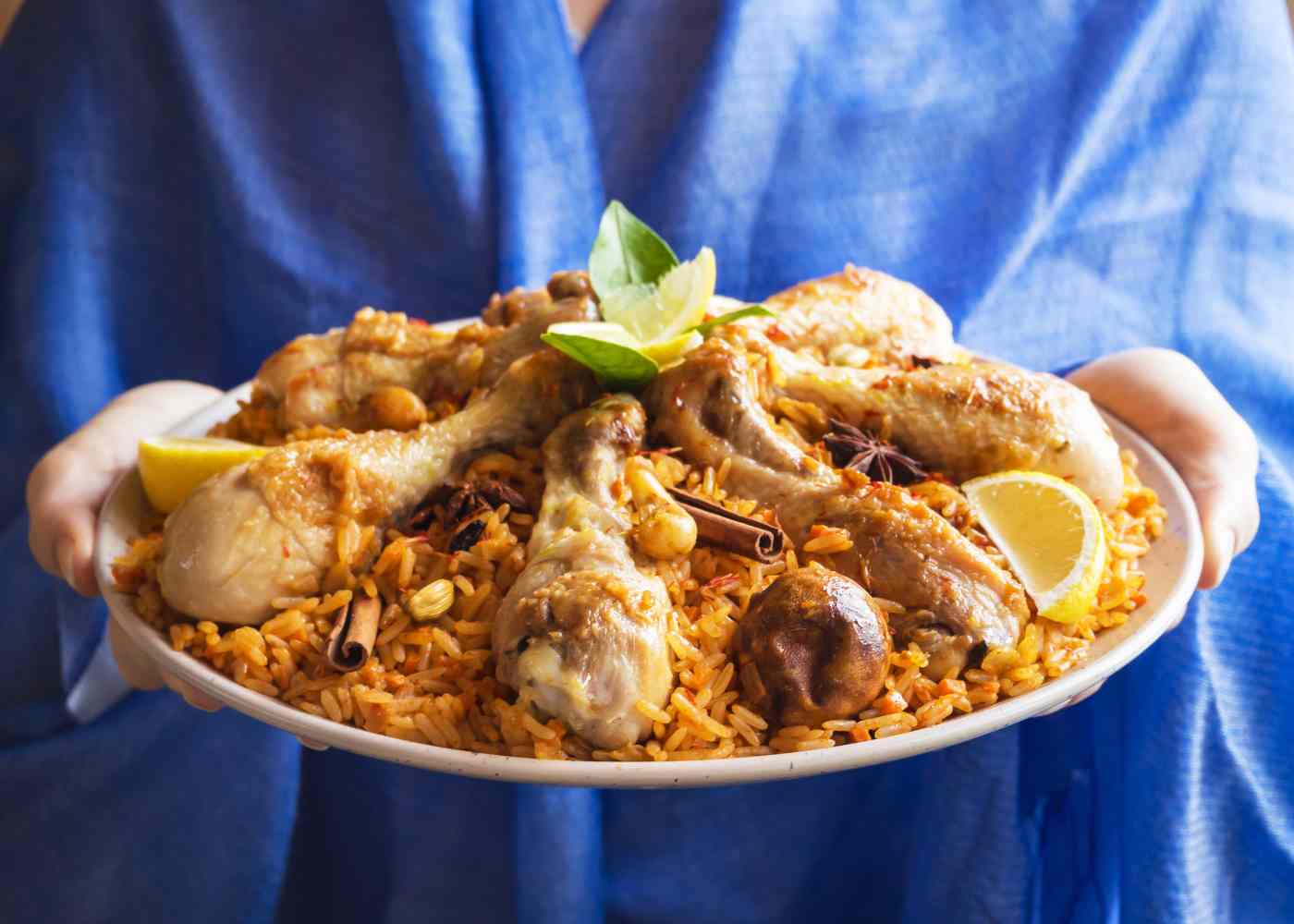Adopting a gluten-free and dairy-free lifestyle is no small
feat. Whether driven by allergies, intolerances, or a personal commitment to
wellness, maintaining a balanced diet without gluten or dairy requires
intentionality, especially when it comes to meal prep. Without a clear plan,
you’re more likely to grab something convenient (and inflammatory), skip meals,
or spend unnecessary money on allergy-friendly convenience foods. That’s where
effective meal prep strategies can make all the difference.
At Energy Meal Plans, we understand the challenges of a
restrictive diet. That’s why we’re sharing practical, no-fuss strategies to
simplify meal prep for a gluten-free and dairy-free lifestyle. Whether you're
newly diagnosed with celiac disease, navigating lactose intolerance, or just
choosing a cleaner way to eat, these healthy meal prep ideas are designed to
save you time, reduce stress, and keep your energy levels high.

1. Start with a Simple Weekly Plan
Before you shop or chop, plan. A weekly meal prep calendar
is your best friend when managing gluten-free and dairy-free diet meal prep.
Use a template or a digital planner to schedule breakfasts, lunches, dinners,
and snacks. Aim for variety but don’t overcomplicate things. Choose 2-3
rotating proteins (like grilled chicken, baked salmon, or lentil patties), 2-3
vegetable sides, a few complex carbs (quinoa, sweet potatoes, brown rice), and
sauces or dressings that are allergen-safe.
This simple rotation approach keeps your meals interesting
without overwhelming you during prep. If you’re just starting, limit new
recipes to one or two a week to build confidence.
2. Master Your Ingredient Swaps
Effective meal prep strategies for allergy-friendly
lifestyles begin with understanding your swaps. Dairy and gluten show up in
unexpected places—from salad dressings to spice blends. Keep a go-to list of
trusted brands and ingredients that align with your needs.
To cook dairy-free meals ahead, you simply need to:
- Try making your shake with coconut yogurt, oat milk or
cashew cream instead of cow’s milk.
- Nutritional yeast makes food taste cheesy, but it doesn’t
contain cheese.
- Mixing avocado and tahini makes a rich and filling base for
dressings.
If you need gluten-free meals:
- Instead of soy sauce, use tamari.
- Buy gluten-free oats and pasta that are officially
certified.
- Use almond flour as a dry mix, chickpea flour for dredging
or rice flour for making bread.
With these substitutes on your shelf, it’s easy to make a
last-minute meal that’s safe for your child.

3. Batch Cook Core Components
Coming up with smart meals for food allergies is simple: try
to prepare bulk amounts of basic foods. Toss vegetables in seasoning, bake your
protein and cook grains all in advance. Store the ingredients separately so you
can combine them any way you like during the week. It’s great for quickly
creating simple gluten-free, dairy-free meals.
For example:
- Serve quinoa beside some oven vegetables and a grilled
chicken, with a dressing made from lemon and tahini.
- You can make a vegan meal by tossing brown rice, sautéed
greens, black beans and avocado together.
- Prepare meatballs from ground turkey, sauté zucchini noodles
and add a marinara without dairy.
- Cooking basic foods allows you to vary what you eat each
day.
4. Stock a Flavor-Boosting Pantry
If you rely on other flavors because of your diet, your
pantry steps in. If you need gluten-free and dairy-free meals, choose from a
wide variety of spices, herbs, citrus fruit, and add garlic, vinegar and
gluten-free tamari. Having a stocked pantry means you can make simple food much
more exciting.
Always have some perfect jars of:
- Coconut aminos
- Apple cider vinegar
- Smoked paprika
- Dried basil and oregano
- Canned beans and tomatoes
- Seeds and nuts (check labels for allergens)
Great-tasting meals can be prepared with simple strategies, rather
than using hard-to-follow recipes.
5. Invest in the Right Containers
No meal plan will succeed unless you have good storage
options. Keeping your food in clear and stackable airtight containers will keep
your meals fresher and your fridge better arranged. Opt for storage jars or
containers that do not contain the chemical BPA for all your meals, snacks,
sauces and dips. Be sure to write the date and what’s in the bag.
When you can just grab food and eat on the move, you’re more
likely to stay committed to a gluten-free, dairy-free lifestyle.

6. Prioritize Snack Prep Too
You should plan for snacks as well as full meals in your
diet. You should include pre-made meals that can be eaten anytime as options in
allergy-friendly meal planning.
- A dessert made of chia seeds and almond milk
- Cakes made from rice, topped with sunflower seed butter
- Hummus and carrots, as well as cucumber
- Snacks made with dates, seeds and gluten-free oats
If you are prepared, you do not need to rush and act
hastily. That’s essential for keeping up with your plans.
Conclusion
While opting for a free of gluten and dairy-free lifestyle
may appear restrictive, it leads to clearer choices, healthiness and control
over the food you eat, when you are organized in your planning. When you use
good gluten-free meal preparation tips, you not only keep allergens off your
table, you end up with meals that are fulfilling, nourishing and energizing.
Follow the guidelines: create a meal plan, replace foods in
your diet, cook a larger amount of basic foods, organize your pantry, save
space by stacking food and prepare the snacks you’ll have on hand. These
recommendations aren’t only helpful—they help you succeed on a sustainable and
joyful dairy-free gluten-free meal plan.
Here at Energy Meal Plans, we want you to know that healthy
eating should not require hard work, and we’re here to help.
If you wish to contribute to our blog, please email us on morhadotsan@gmail.com.























